A newly study by Aberdeen University researchers is helping to shed new light on the origins of Scotland’s Picts.
Long viewed as a mysterious people with their enigmatic symbols and inscriptions, there are representations of them being wild barbarians with exotic origins – but this latest research explores their links to the north-east.
First mentioned in the late 3rd century as resisting the Romans, the Picts went on to form a powerful kingdom that ruled over a large part of northern Britain.
In the medieval period they left few written sources of their own and little is known of their origins or relations with other cultural groups living in Britain.
Archaeologists have now conducted the first extensive analysis of Pictish genomes and their results have been published today in the open access journal PLOS Genetics.
The results reveal a long-standing genetic continuity in some regions of the British Isles, which helps to build a picture of where the Picts came from and provides new understanding of how present-day genetic diversity formed.
Research in Easter Ross
The findings also confirm descriptions by historian Bede of the far-flung Eastern origins of the Picts as one of myth and fantasy.
The researchers used identity by descent (IBD) methods to compare two high-quality Pictish genomes sequenced from individuals excavated from Pictish-era cemeteries at Balintore in Easter Ross and Lundin Links in Fife.
It compared those of previously published ancient genomes, as well as the modern population.
Senior corresponding author of the study (which was jointly done with Liverpool John Moores University), Linus Girdland Flink of Aberdeen University said: “Among the peoples present during the first millennium CE in Britain, the Picts are one of the most enigmatic.
“Their unique cultural features, such as Pictish symbols and the scarcity of contemporary literary and archaeological sources resulted in many diverse hypotheses about their origin, lifestyle and culture, part of the so-called ‘Pictish problem’.
‘Understudied area of Scotland’s past’
“We aimed to determine the genetic relationships between the Picts and neighbouring modern-day and ancient populations. Using DNA analysis, we have been able to fill a gap in an understudied area of Scotland’s past.
“Our results show that individuals from western Scotland, Wales, Northern Ireland, and Northumbria display a higher degree of identity by descent sharing with the Pictish genomes, meaning they are genetically most similar among modern populations.”
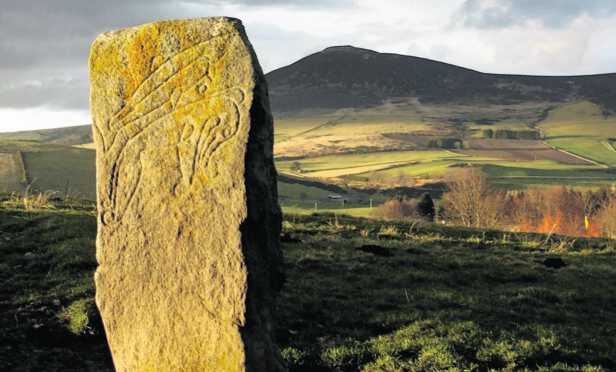

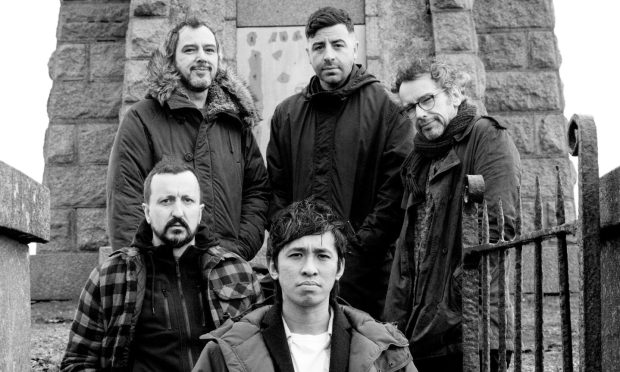
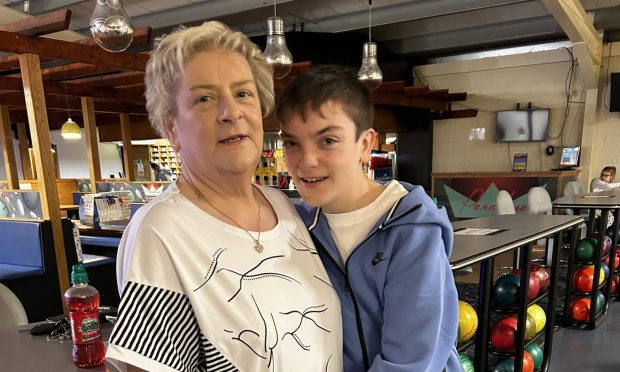






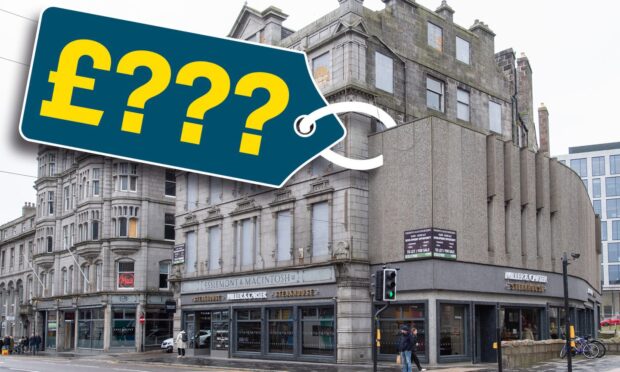
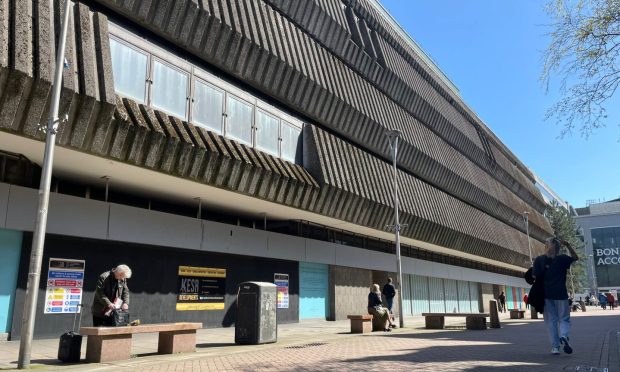
Conversation